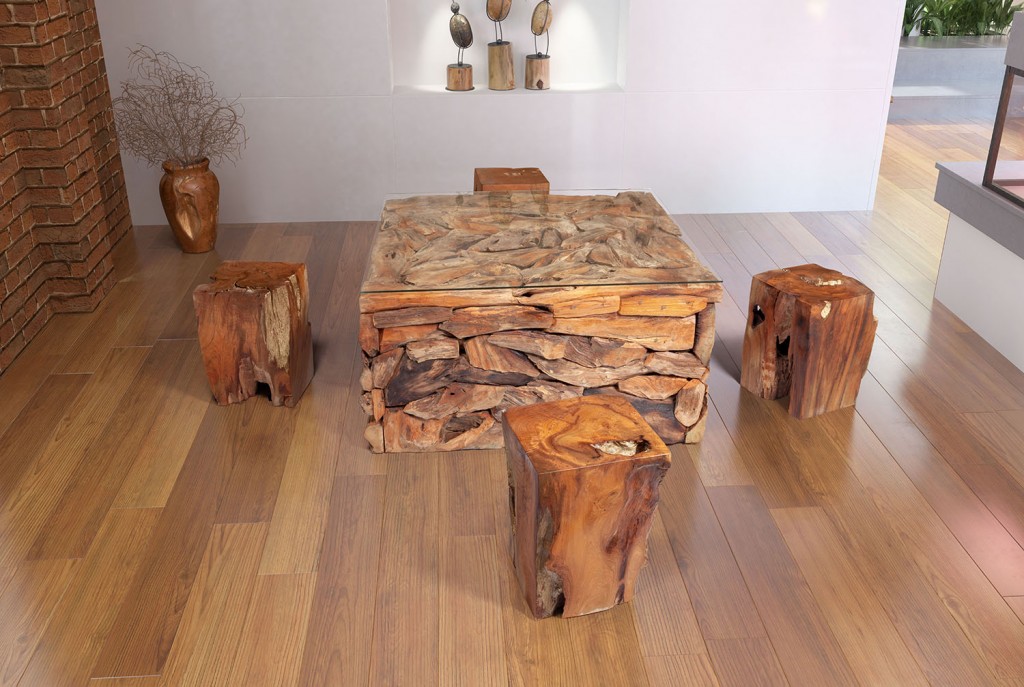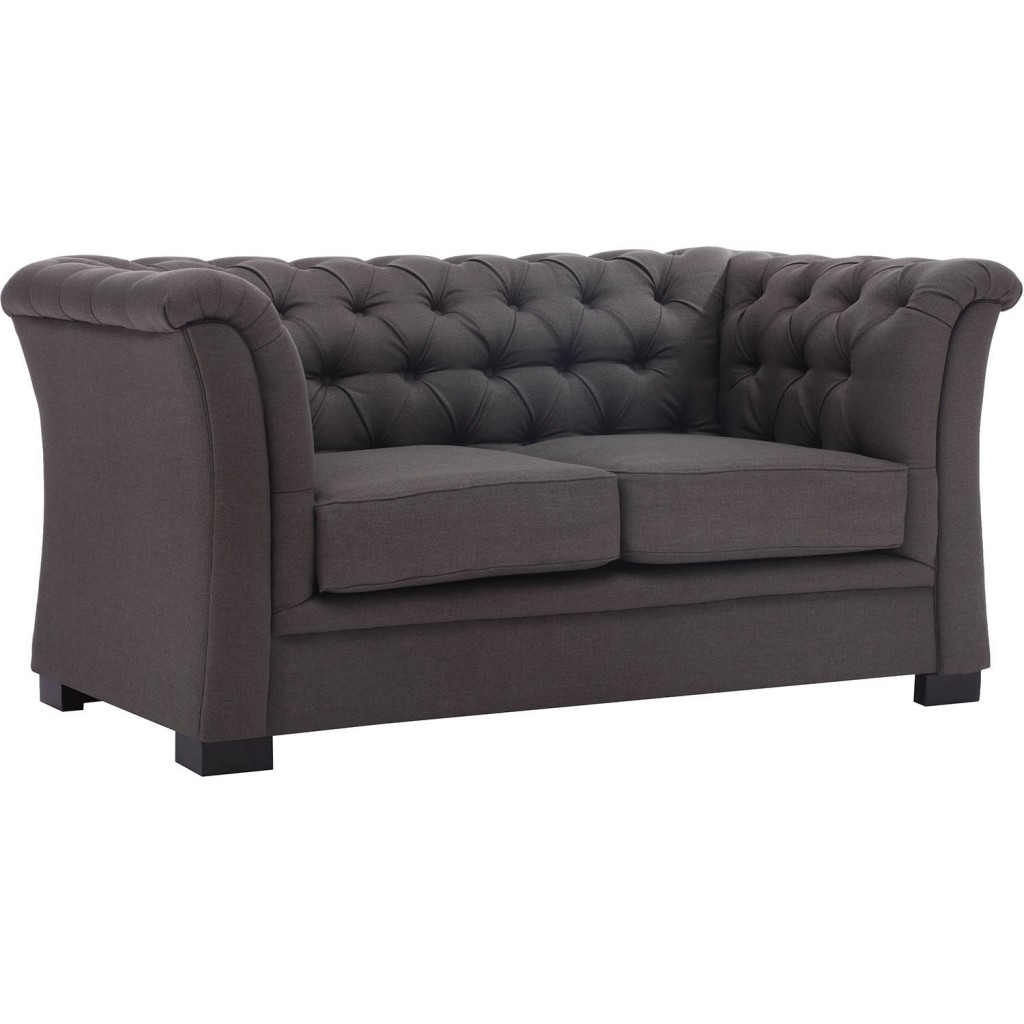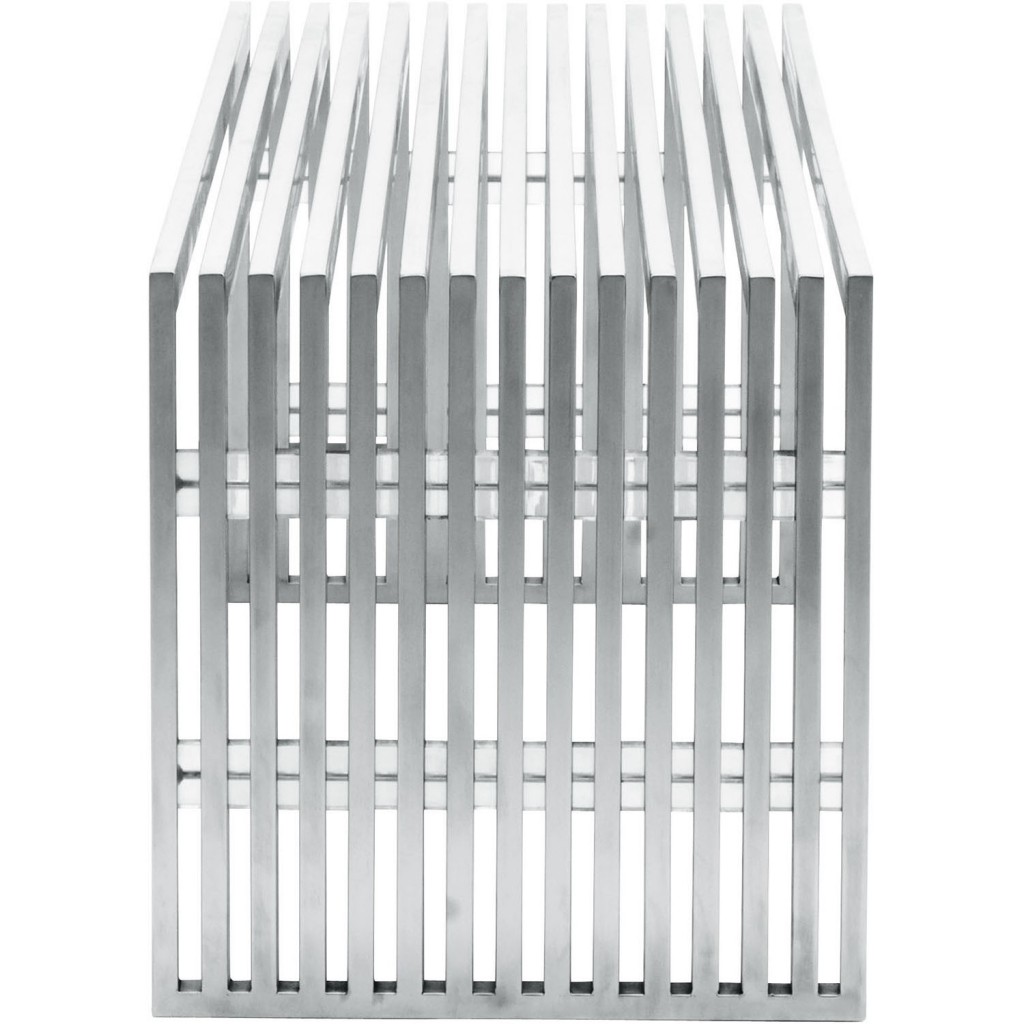We often think about texture when we are buying rugs or blankets or throw pillows but it is rarely a part of the design decision when talking about the furniture items themselves. Today, our furniture choices are not limited to flat, boring pieces void of texture. There are a great many items which, in themselves, add a layer of texture to a space.
Choosing Furniture with Texture
Choosing furniture with texture adds a valuable layer of visual interest to your overall design. There was a time at which the wood and fabric used in a piece of furniture were the only two textures you had to play with. Today, furniture is made out of so many different things and in so many different ways that it makes it easier than ever to layer texture into your home with furniture items.
Looking for Texture in Furniture
The pieces that we are showcasing today are just a couple of the dozens of ways that you can use texture to enhance the look of your room. From the flawless sleekness of acrylic furniture to the deep texture of a wooden table or tufted chair, texture can be found everywhere. You aren’t limited to choosing just one. Mix and match a couple different textures that fall within your overall design theme to give the room a designer look. Look at each of these pieces with a careful eye and see how the different textures create different feelings for the piece.
Natural Texture vs. Manipulated Textures
While the material itself does provide natural texture, sometimes the real magic happens when these materials are arranged in interesting ways. This metal bench has a slatted design that provides positive and negative space to the piece and adds extra texture that doesn’t exist in the metal itself. The same happens when fabric is tufted or smocked or stitched in an interesting way. Manipulations of materials can completely change their appearance and create textures that would not have otherwise.
About Philip Travers
Twitter •



 WishLists
WishLists
 My Account
My Account








